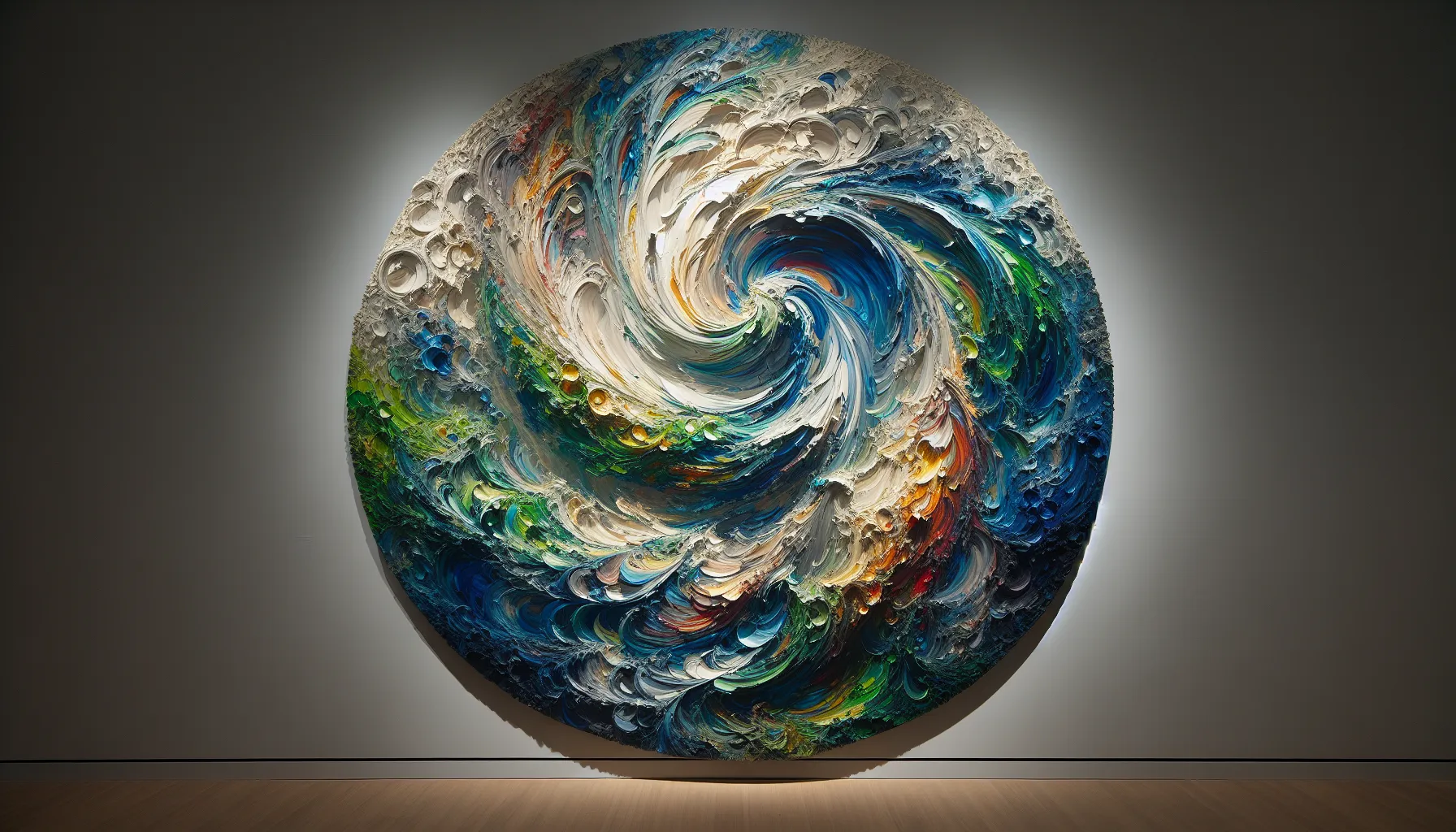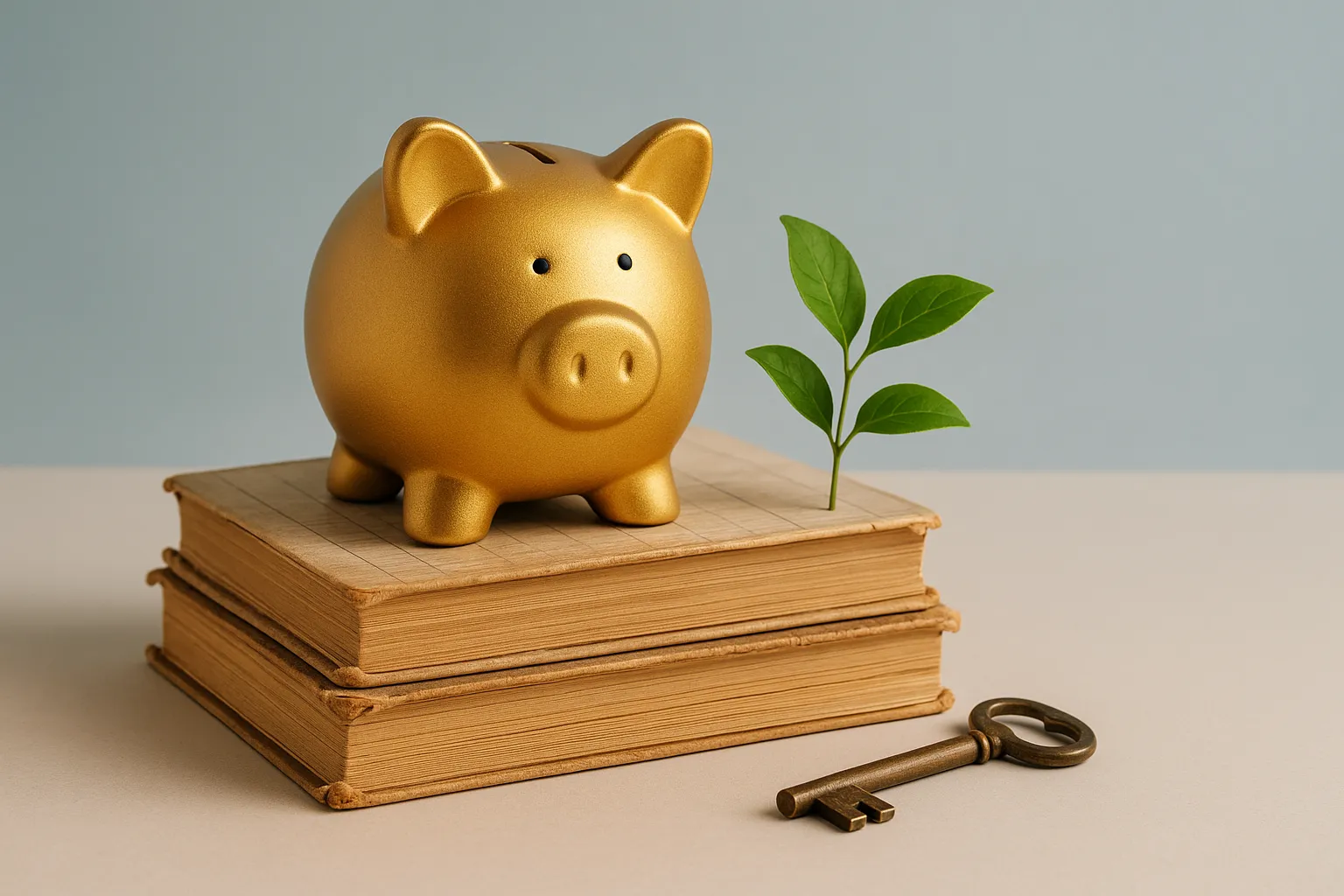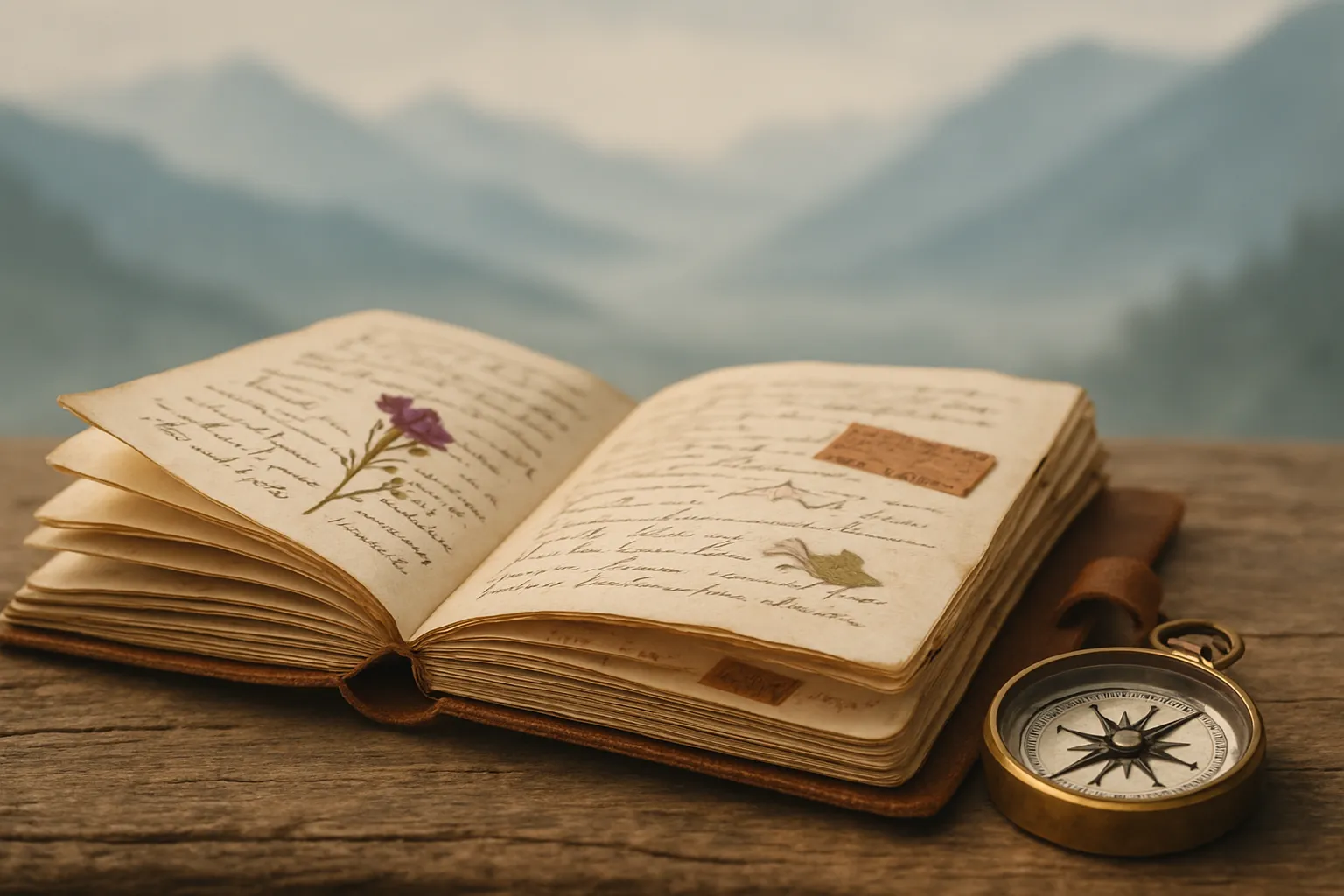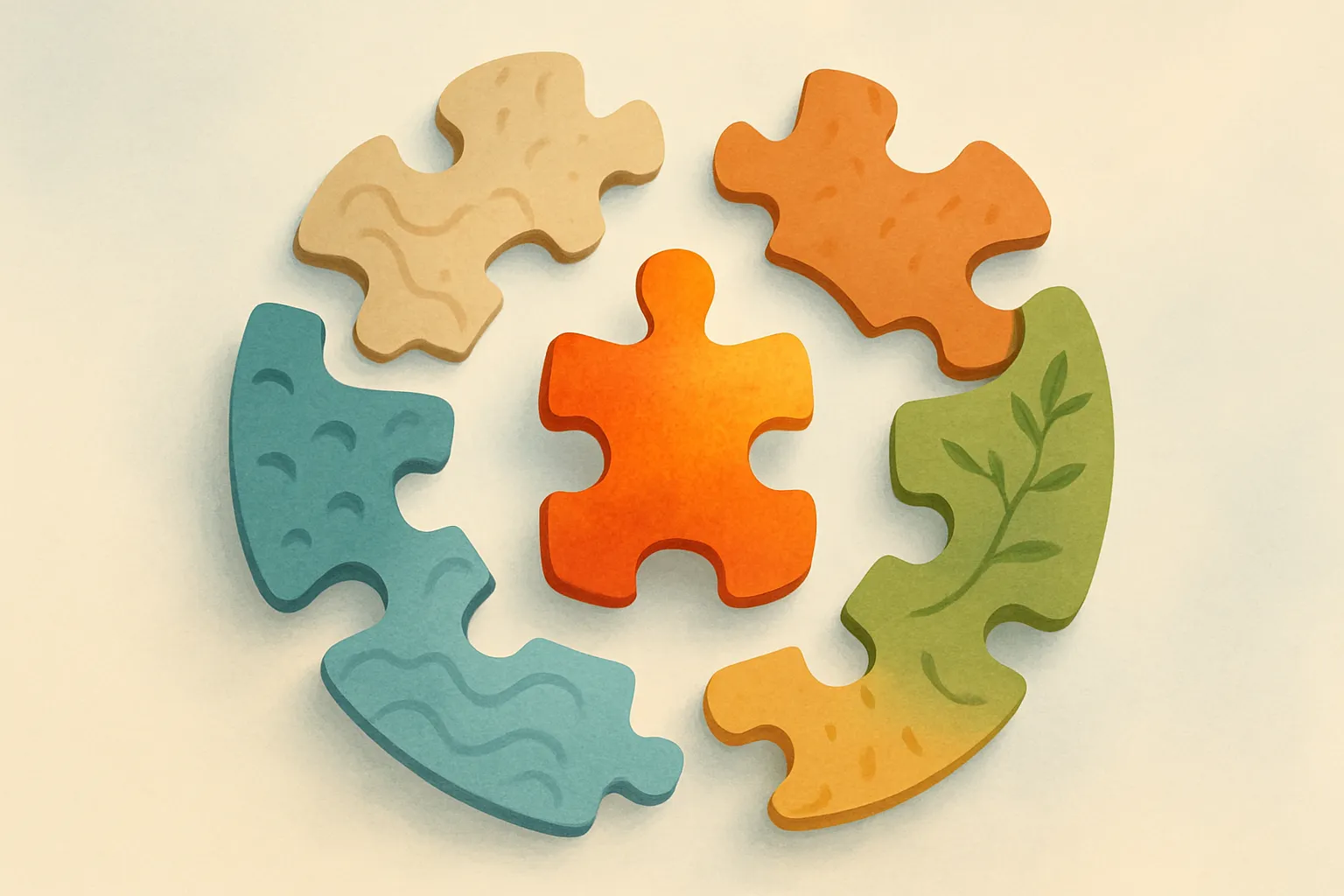How Do You Interpret Abstract Art?
Abstract art is like a mirror to seven’s soul, reflecting deep personal realities unique to each observer’s experience. Featuring insights from a renowned founder and a leading CEO, this article provides a myriad of perspectives on interpreting abstract art. Beginning with the notion of connecting with hidden journeys and concluding by challenging traditional views, readers will discover seven profound insights from top experts that shape the world of abstract art.
- Connect With Hidden Journeys
- Experience Subjective Engagement
- Explore Symbolic Language
- Craft Individual Meanings
- Explore Core Art Elements
- Focus On Emotional Response
- Challenge Traditional Views
Connect With Hidden Journeys
I interpret abstract art as an emotional and thought-provoking experience rather than something to be “figured out.” It allows me to see beyond the surface and connect with feelings or memories that aren’t always obvious. One artwork that resonated with me was a large, chaotic swirl of bold reds and deep blues.
At first glance, it seemed overwhelming, but the more I looked at it, the more I saw it as a reflection of my entrepreneurial journey—moments of chaos blending with periods of clarity and focus.
The painting reminded me of those high-stakes decisions and challenges that felt chaotic at the time but ultimately shaped the direction of my company. That emotional connection made the piece unforgettable to me.
 Aseem Jha
Aseem Jha
Founder, Legal Consulting Pro
Experience Subjective Engagement
I personally interpret abstract art as a form of expression that transcends traditional representation, allowing for a unique emotional and intellectual engagement. It invites viewers to explore their own feelings and interpretations, as the absence of concrete forms encourages a subjective experience. The beauty of abstract art lies in its ability to evoke thoughts and emotions without the constraints of recognizable subjects, making each viewing a personal journey.
One abstract artwork that resonated deeply with me is Mark Rothko’s No. 61 (Rust and Blue). The vibrant yet subdued colors create a powerful contrast that evokes a sense of tranquility and introspection. When I stand before this piece, I am struck by the layers of color that seem to vibrate and pulse, drawing me into a meditative state. Rothko’s use of color and space allows me to reflect on my own emotional landscape, prompting me to consider themes of connection, isolation, and the complexity of human experience. This artwork exemplifies how abstract art can transcend the visual realm, inviting viewers to explore their inner worlds and fostering a profound sense of connection to the human experience.
 Shehar Yar
Shehar Yar
CEO, Software House
Explore Symbolic Language
Abstract art can be seen as a visual language made up of shapes, colors, and forms that communicate ideas in ways that words cannot. The artist’s use of these elements can create a dialogue between the artwork and the viewer, inviting one to explore and discover new meanings. Instead of representing the real world, abstract art focuses on the symbolic and the conceptual.
It encourages viewers to think deeply and connect with the visual elements on an emotional level. This type of art compels individuals to look beyond the surface. Take a moment to engage with abstract art and see what unique interpretations arise for you.
Craft Individual Meanings
Interpreting abstract art often involves drawing on personal experiences and emotions to craft individual meanings. Each observer brings a unique perspective, layered with personal history and feelings, to the artwork. This kind of art can vary greatly in its interpretation, making it inclusive and open to all.
When looking at abstract art, the absence of a clear narrative or subject allows viewers to project their thoughts and memories onto it. This can create a deeply personal connection with the piece. Explore how abstract art resonates with you and what stories you bring to it.
Explore Core Art Elements
Abstract art is fundamentally about exploring the core elements of art such as line, color, and form, disconnected from realistic subjects. By stripping down to these basics, it delves into the pure essence of what art means. This approach allows for a profound exploration of creativity and ideas without the constraints of representing real-world scenes.
Such artworks push boundaries and invite viewers to appreciate art for its raw elements. This method can lead to newfound respect for artistic expression in its most fundamental form. Consider the fundamentals of abstract art and appreciate how it transforms artistic expression.
Focus On Emotional Response
One compelling way to interpret abstract art is to focus on the emotional response it evokes. Unlike realistic art that depicts specific scenes or objects, abstract art often hits the viewer on a visceral level. It bypasses rational thought and connects directly with feelings, using shapes and colors to stir emotions.
This can result in a powerful, immediate reaction that is deeply personal and difficult to articulate. The emotional impact can be both enriching and enlightening. Let yourself feel the emotions abstract art brings out and reflect on why it affects you that way.
Challenge Traditional Views
Abstract art frequently challenges traditional views on beauty and aesthetics, provoking reflection and debate. Its unconventional nature defies the norms set by classical art forms, encouraging viewers to reconsider their perceptions of what art should look like. This challenge often creates a stimulating intellectual experience, prompting individuals to redefine beauty beyond familiar visual standards.
Such art invites a broader appreciation of creativity and innovation in visual expression. Challenging your views with abstract art can expand your understanding of beauty.
Submit Your Answer
Would you like to submit an alternate answer to the question, “How do you personally interpret abstract art? Share an example of an abstract artwork that resonated with you.”




